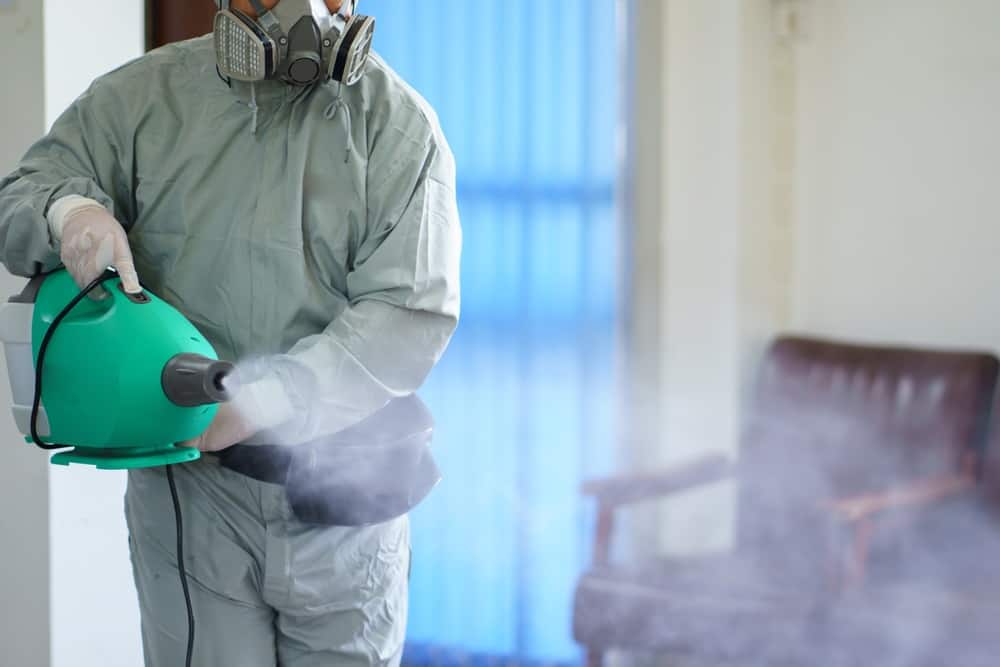When a violent crime, suicide, unattended death, or traumatic incident occurs, the aftermath can be physically and emotionally overwhelming. At the same time, law enforcement handles investigations, a different type of professional takes over once the scene is cleared — the crime scene cleanup specialist. These professionals follow strict legal and safety protocols to ensure the environment is properly sanitized and safe for reentry. Below is an in-depth look at the essential legal and safety standards every crime scene clean up near me must follow.
1. Compliance With OSHA Regulations
One of the most critical legal frameworks guiding crime scene cleanup is the Occupational Safety and Health Administration (OSHA) regulations. OSHA’s Bloodborne Pathogens Standard (29 CFR 1910.1030) mandates that workers exposed to blood and other potentially infectious materials must undergo proper training, use personal protective equipment (PPE), and follow established decontamination procedures. This includes:
- Wearing gloves, masks, eye protection, and full-body suits.
- Proper disposal of contaminated items in biohazard-labeled containers.
- Use of EPA-approved disinfectants for sanitizing affected areas.
Non-compliance not only risks worker safety but also results in significant legal penalties for cleanup companies.
2. Biohazard Waste Disposal Guidelines
Crime scenes often involve the presence of bodily fluids, tissues, and other biological materials that are classified as regulated medical waste. Cleanup teams must adhere to state and federal guidelines for the containment, transport, and disposal of biohazard waste.
This includes:
- Sealing materials in red biohazard bags.
- Using leak-proof containers for sharps or solid waste.
- Employing licensed medical waste disposal services for transport and incineration.
Following these procedures is crucial because improper handling or disposal of biohazard waste can endanger public health and contaminate the environment.
3. Proper Licensing And Certification
While not every state requires licensing for crime scene cleanup companies, many jurisdictions do. Professionals often obtain certifications in:
- Bloodborne pathogen handling.
- Hazardous waste operations and emergency response (HAZWOPER).
- Trauma scene waste management.
4. Thorough Risk Assessments And Documentation
Before cleanup begins, a thorough risk assessment must be conducted. This includes identifying all biohazards present, structural damage, and any environmental risks. Documenting this process is vital, not only for the safety of the crew but also for legal and insurance purposes.
Professional teams often take photos, maintain cleanup logs, and provide detailed reports to property owners, insurance adjusters, and—in some cases—law enforcement agencies. This documentation can also serve as legal evidence if needed in court proceedings.
5. Scene Containment And Cross-Contamination Prevention
To ensure that biohazards don’t spread to unaffected areas, proper scene containment is crucial. This involves:
- Sealing off affected zones with plastic sheeting or bio-tape
- Using negative air machines and HEPA filters to control airborne pathogens.
- Decontaminating tools and equipment between uses
6. Post-Cleanup Verification And Clearance
Once the visible cleanup is done, many professionals conduct ATP (adenosine triphosphate) testing to verify the cleanliness of the site at a microscopic level. Some services also hire third-party industrial hygienists to inspect and certify that the area is free of health risks.
Providing post-cleanup documentation not only ensures transparency but also gives property owners peace of mind that the space is fully restored and safe for use.
7. Respecting Privacy And Legal Boundaries
Finally, crime scene cleanup professionals must be trained to respect the privacy of those affected. They are often exposed to sensitive scenes and must avoid discussing details outside of their professional circle. Additionally, they are not authorized to remove or tamper with evidence; they can only begin work once law enforcement has cleared the scene.
Conclusion
Crime scene cleanup is far more than a janitorial service—it is a specialized, heavily regulated profession that demands rigorous attention to legal and safety protocols. From OSHA compliance to biohazard disposal, every step must be handled with precision and care. By following these strict guidelines, cleanup professionals play a vital role in restoring spaces, supporting public health, and helping communities recover from trauma.
